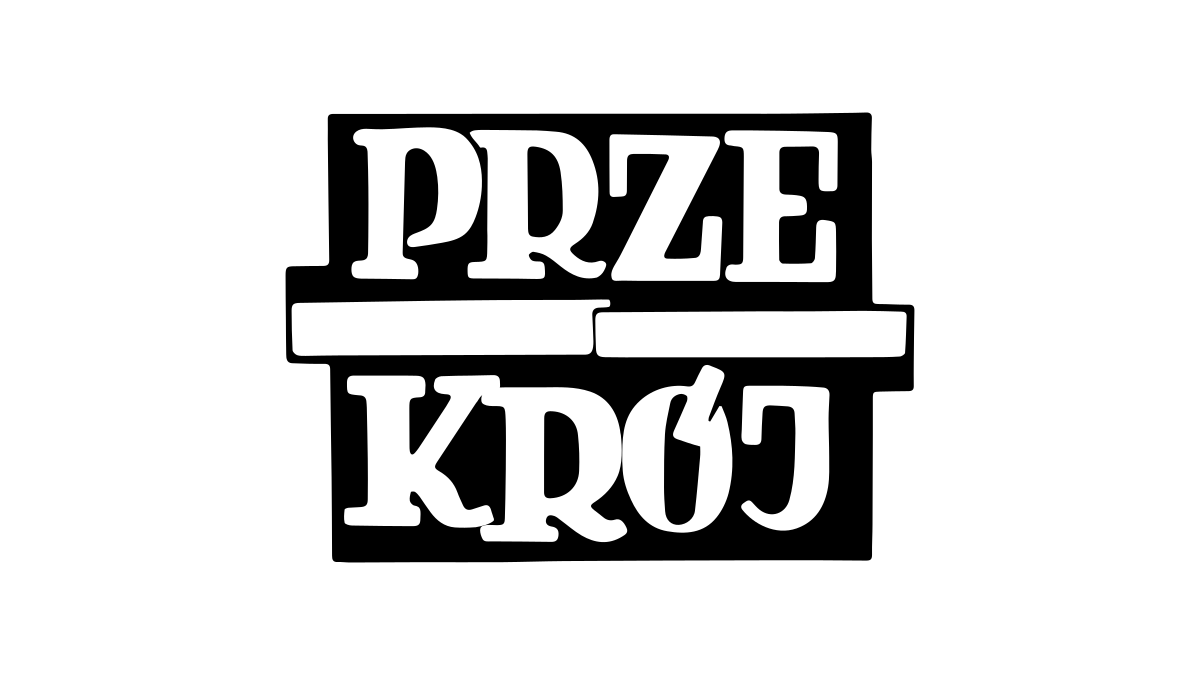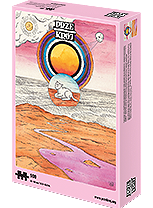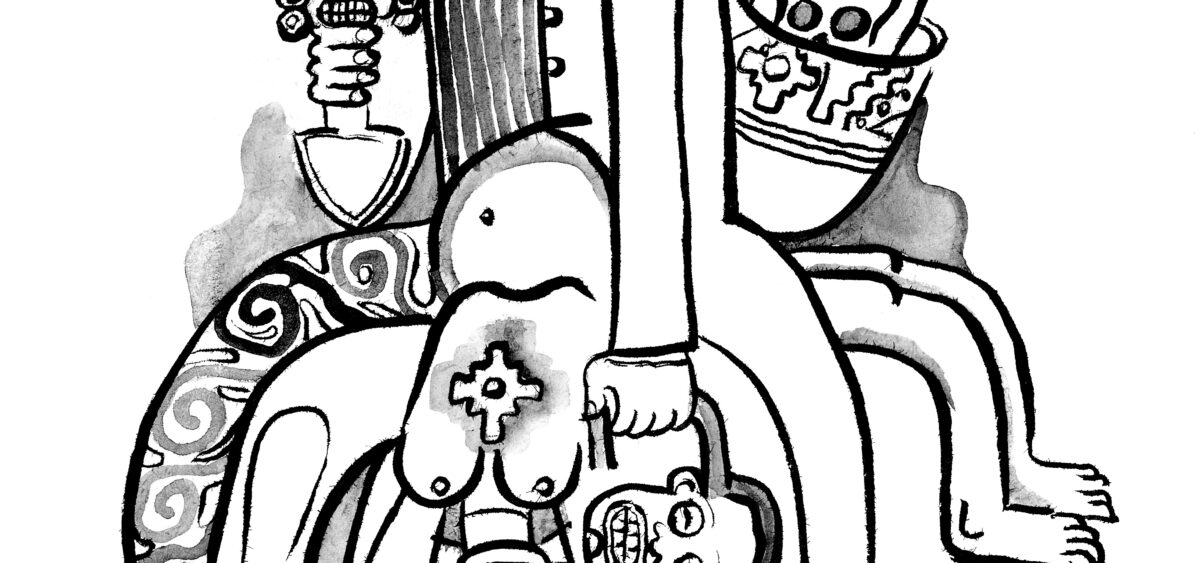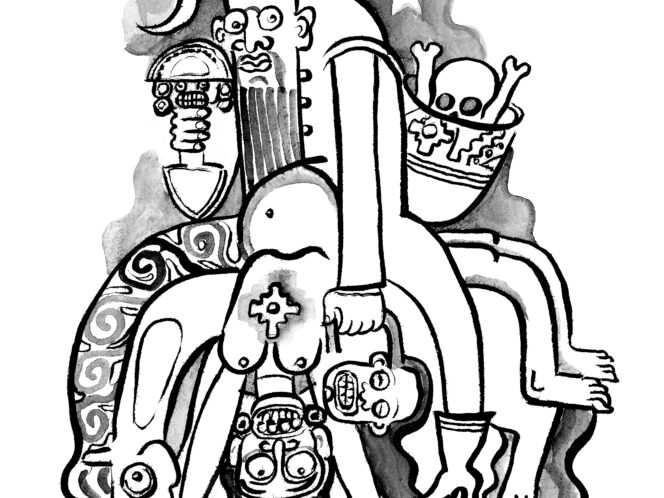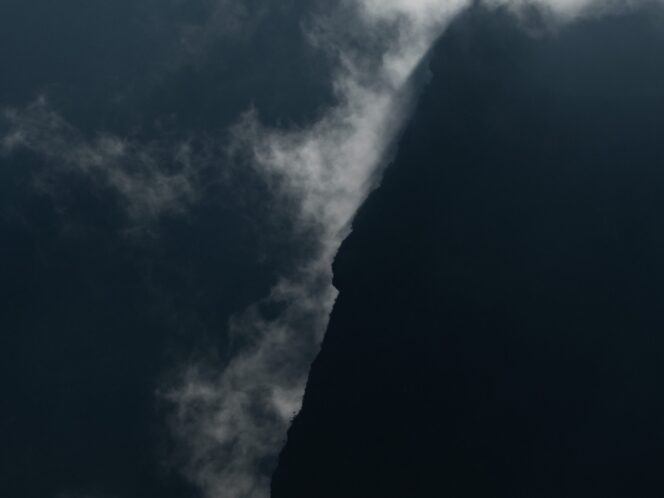
It takes the form of a white-skinned, grey-haired man. It appears after dark or around mines. Researcher Elżbieta Jodłowska tells Tomasz Pindel about the pishtaco , which is feared by the inhabitants of the Andes to this day.
Since 2008, Elżbieta Jodłowska and Mirosław Mąka have been conducting ethnographic research in Peru, as well as exploring the country and climbing in the northern Peruvian Andes. One of the fruits of this research is their book Pishtaco. The Phenomenon of Cultural Trauma Symbolization in Andean Communities [Pishtaco: The Phenomenon of the Symbolization of Cultural Trauma in Andean Communities] (2016).
Tomasz Pindel: How did the pishtaco come into your life?
Elżbieta Jodłowska: It was actually the idea of my master’s thesis supervisor, Prof. Andrzej Krzanowski from the Jagiellonian University. He’s a highly regarded and well-known archaeologist who initiated the Polish-Peruvian archaeological research trend. One day in class, he suggested: “How about writing something about the pishtaco , if you’re going there for research?” and added that he himself had been taken for a pishtaco on occasion. He sowed a seed of curiosity in us, so on our subsequent trips to Peru, we started asking questions about this figure.
Which can’t necessarily have been easy…
As it turned out, it really wasn’t that easy. Unless you weave the topic in with other ethnographic issues – less obliging, less troublesome for the interlocutors – obtaining information about the pishtaco doesn’t always succeed. Since it
